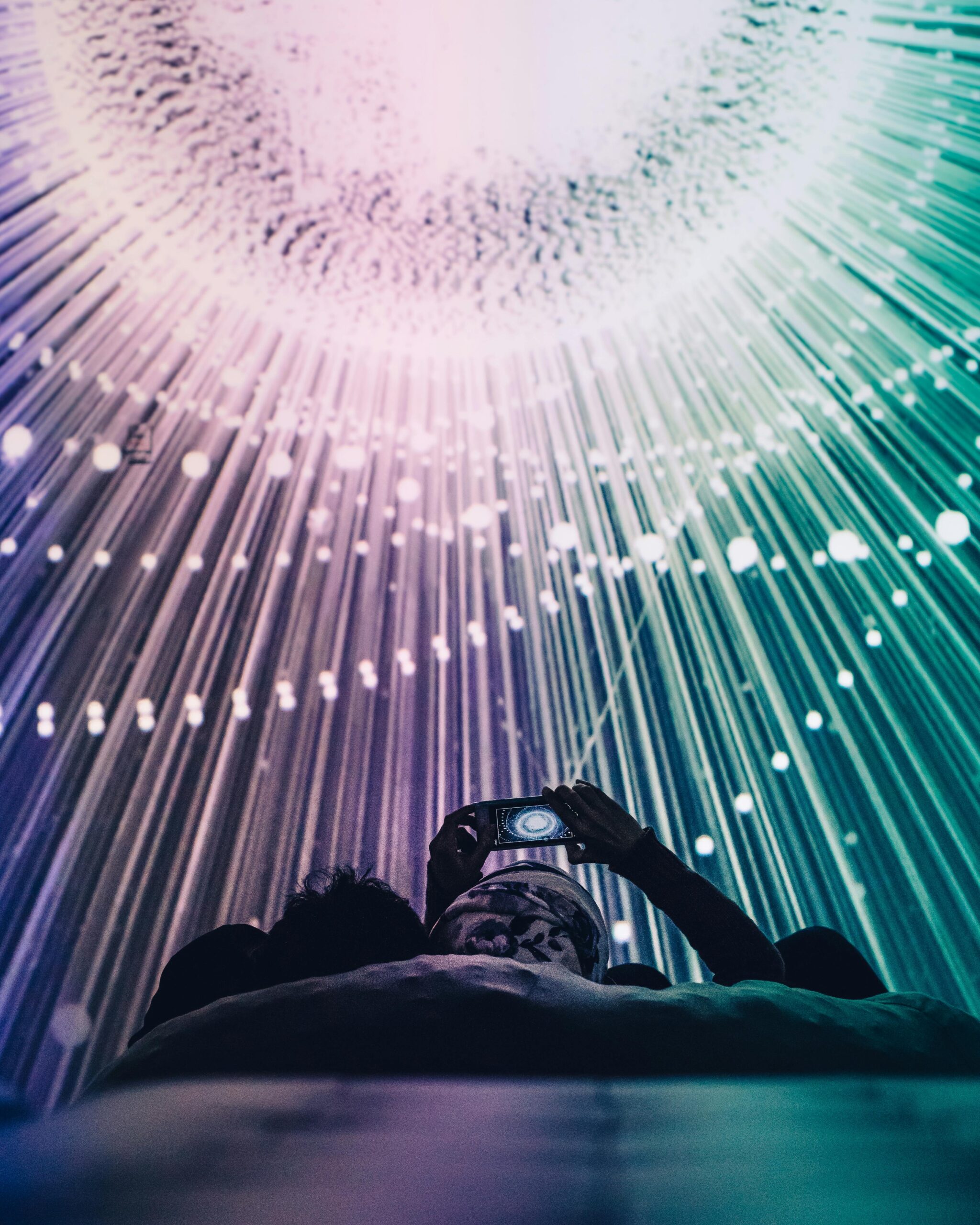In recent years, the debate between LED and halogen lights has intensified as homeowners seek efficient and cost-effective lighting solutions. This article delves into the pros and cons of each type, examining factors such as energy efficiency, longevity, and environmental impact to help you make an informed decision for your home.
Quick Summary
- Energy Efficiency: LEDs consume less energy compared to halogen lights.
- Longevity: LED lights have a longer lifespan than halogen bulbs.
- Cost: Initial costs for LEDs are higher, but long-term savings are significant.
- Environmental Impact: LEDs are more eco-friendly due to lower energy use and reduced waste.
- Light Quality: Both types offer different light qualities suitable for various applications.
- Safety: LEDs generate less heat, reducing fire risks.
As homeowners increasingly turn to more sustainable and cost-effective lighting solutions, the debate between LED and halogen lights has gained momentum. The lighting you choose can impact not only your energy bills but also the ambiance and functionality of your living spaces. This article aims to provide a comprehensive comparison of LED and halogen lights, helping you make an informed decision that aligns with your needs and preferences.
Energy Efficiency
When it comes to energy efficiency, LED lights are the clear winner. They consume up to 80% less energy compared to halogen bulbs. This significant reduction in energy use not only lowers your electricity bills but also contributes to a smaller carbon footprint.
- LEDs convert most of their energy into light, wasting very little as heat.
- Halogen lights, on the other hand, use a lot of energy to produce heat, which is why they are less efficient.
For instance, a 10-watt LED can produce the same amount of light as a 60-watt halogen bulb, making LEDs a more economical choice in the long run.
Longevity
One of the standout features of LED lights is their impressive lifespan. An average LED bulb can last between 25,000 to 50,000 hours, depending on usage and quality. This is significantly longer than halogen bulbs, which typically last about 2,000 to 4,000 hours.
- LEDs: Reduced need for replacements, saving money and reducing waste.
- Halogens: Frequent replacements required, leading to higher maintenance costs.
Imagine a scenario where you need to replace your halogen lights every year or two, whereas your LEDs could last over a decade with regular use. This longevity translates to fewer bulb purchases and less hassle over time.
Cost Analysis
While the initial cost of LED lights is higher than that of halogen bulbs, the long-term savings make LEDs a more cost-effective choice. Here’s a breakdown of the costs involved:
| Feature | LED Lights | Halogen Lights |
|---|---|---|
| Initial Cost | Higher | Lower |
| Energy Cost | Lower | Higher |
| Replacement Frequency | Less frequent | More frequent |
| Total Long-Term Cost | Lower overall | Higher overall |
LEDs have a higher upfront cost, but their lower energy consumption and longer lifespan reduce overall expenses significantly over time.
Environmental Impact
In today’s eco-conscious world, the environmental impact of lighting choices is crucial. LEDs are more environmentally friendly than halogen lights for several reasons:
- Energy Use: Lower energy consumption means fewer greenhouse gas emissions from power plants.
- Waste: Longer lifespan results in fewer bulbs ending up in landfills.
- Materials: LEDs do not contain harmful substances like mercury, which can be found in some other types of bulbs.
For example, switching to LEDs can reduce the energy demand on power plants, thereby lowering carbon dioxide emissions and contributing to a healthier planet.
Light Quality
Both LED and halogen lights offer different light qualities suitable for various applications:
- LEDs: Available in a range of colors and temperatures, from warm to cool white. They are great for creating mood lighting or highlighting specific areas.
- Halogens: Produce a warm, natural light that is often preferred for its brightness and color accuracy, making them ideal for tasks requiring clear visibility.
Choosing between the two often comes down to personal preference and the specific lighting needs of each room.
Safety Considerations
LED lights are generally safer than halogen bulbs because they operate at much lower temperatures. Halogen lights can become extremely hot, posing a risk of burns or even fire if they come into contact with flammable materials.
- LEDs: Stay cool to the touch, reducing the risk of burns and fire hazards.
- Halogens: Require careful placement to avoid heat-related issues.
For instance, if you have children or pets, LEDs might be a safer option due to their lower operating temperatures.
Final Thoughts
Choosing between LED and halogen lights depends on your specific needs and priorities. If you are looking for a cost-effective, energy-efficient, and environmentally friendly lighting solution, LEDs are the clear choice. They offer significant long-term savings and are safer to use. However, if you prefer a certain light quality or need a more affordable initial investment, halogen lights could still be a viable option for certain applications. By weighing the pros and cons, you can select the lighting that best suits your home and lifestyle.

